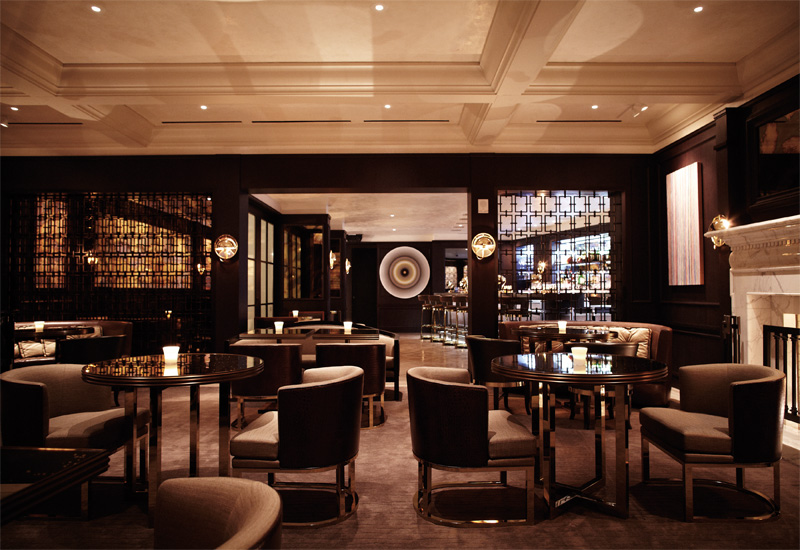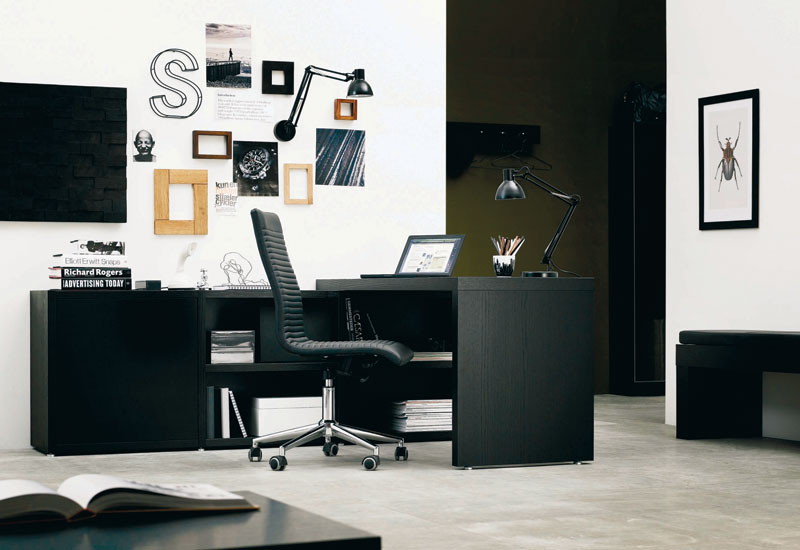 This Rockwell-designed Bel Air lounge and bar is intended to produce a space that adapts to the needs of guests.
This Rockwell-designed Bel Air lounge and bar is intended to produce a space that adapts to the needs of guests.
Fresh Thinking
Whether a hotel is creating a new venue or embarking on a renovation project, experts agree that the approach to a concept should be the same. “Think of food and design as two points of the dining spectrum,” advises Pam Wilby, GM of Dubai’s Le Royal Meridien Beach Resort, where the Maya Modern Mexican Kitchen and Lounge led by celebrity chef Richard Sandoval recently underwent an eight-month refurbishment.
“A true dining experience is not about the taste of the food, but must allow the guests to feast with all their senses,” she adds.
According to one F&B expert, an outlet will typically spend, “somewhere in the region of AED 2-3 million on its design” and normally the refurbishment cycle is three-five years. “It really is a fast cycle,” says Stefan Breg, founder of Tribe Restaurant Creators.

| Advertisement |
“You know, there are a lot of hotels in Dubai’s Deira that make me misty eyed; they have such beautiful restaurants but sadly there is no one in them – that is why revitalisation is so important. You need to create impact; that is what brings customers through the door.”
Breg offers a word of caution, however, advising that some interior concepts could become ‘lost in translation’ in this region.
“If I said I wanted to create a restaurant reviving the glamour of Art Deco, most Westerners would understand the vision. But this region has nationalities from around the world; an Art Deco restaurant might seem out-of-sync or even old-fashioned to them because they don’t have a cultural reference point,” he explains, adding that themes can often be perceived as over-the-top and can quickly become passé if the designer does not have longevity in mind.
David Rockwell, founder and CEO of New York-based architecture and design power house, Rockwell Group, does not believe that play-safe ‘classic’ schemes are the key to this longevity.
His studio’s signature-style skillfully blends old and new, which has injected a sharp, edgy twist into the ‘English manor house’ aesthetic at Gordon Ramsey’s restaurant at St Regis Doha.
Rockwell believes that the type of cuisine served by a restaurant should dictate the direction of the design concept. “The design must be authentic to the food, never upstaging or contradicting it,” he says. “We always try to infuse the identity of the cuisine and/or the chef to set the restaurant apart as a destination itself.”
“We do a lot of research into the chef, the cuisine, and target customers, in order to create an appropriate identity,” he continues. “We concentrate on materials, finishes, furniture and features that we think are crucial to our vision, and to communicating the identity of the chef or client.”
‘Invention’ is also essential to the approach taken by Japanese interior design firm Super Potato, which has conceived interior schemes for the Ritz-Carlton, Westin and Grand Hyatt.
“Hotels will be worn out in a few-to-10 years, either physically or in terms of the design,” says vice president Norihiko Shinya. “We try to achieve a new standard in design through innovation but one that will not feel old in 10 years.”
The underlining message here is that blindly following the latest interior trend will very quickly shorten the lifespan of an outlet. “Restaurant design must always remain relevant to a changing world, not necessarily with regards to trends, but with regards to values,” says Doris Grief, general manager, who oversaw the introduction of Bice at Jumeirah at Etihad Towers.
“An outlet’s design needs to change when dining values change and a gap between the two emerges.”
This ‘gap’, according to Daniel During of design and management consultancy Thomas Klein International, is the difference between being a trend-setter and a trend-follower: “It’s not simply about creativity and interior design,” he says. “Yes, this is a huge part of the process but it’s really about understanding where the market movement is — what are people looking for next and where are the untapped gaps they really want? You should not look at what else is being offered; you should look at what is being requested.”
Article continues on next page ...









 Search our database of more than 2,700 industry companies
Search our database of more than 2,700 industry companies









